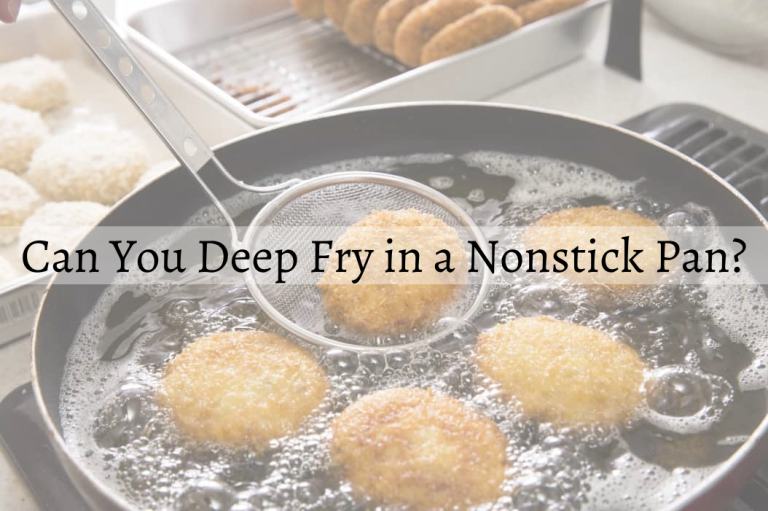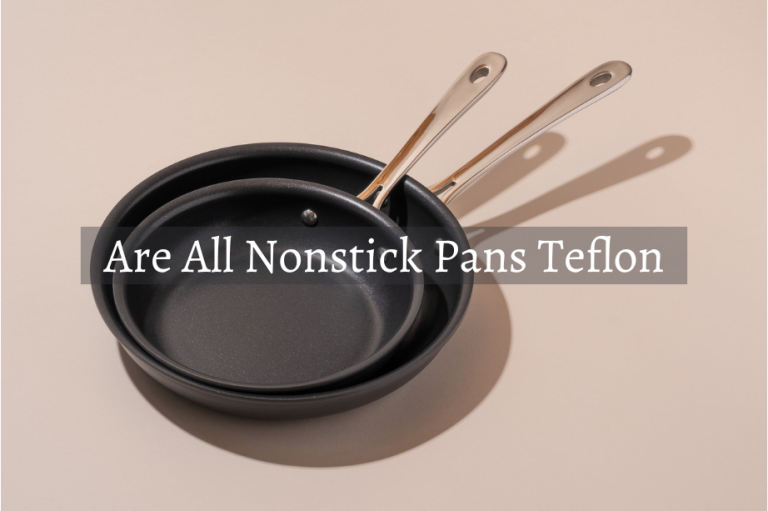Can You Use Butter on Nonstick Pans?
You might be wondering if it’s okay to use butter on your nonstick pans. The answer is yes, you can use butter. It can make your food taste great and help it brown nicely. But, there are a few things you need to keep in mind to make sure you don’t damage your pan.
Can You Use Butter on Nonstick Pans?
In this article, I’ll explain how to use butter on nonstick pans, what to watch out for, and give you some tips to keep your pan in good shape while you cook.
How Do Nonstick Pans Work?
The coating on nonstick pans makes it easier for food to slide off. This is especially helpful when cooking things like eggs or pancakes. But how you use the pan can affect how well the coating works.
The coating on nonstick pans makes it easier for food to slide off. This is especially helpful when cooking things like eggs or pancakes. If you’re also interested in how to use your nonstick pan in the oven, be sure to check out my article on using a nonstick pan in the oven, as it can affect how well the coating works and how versatile your pan can be.
The Role of Butter in Cooking
Why Use Butter?
Butter is a popular choice in cooking because it adds a rich flavor and makes food taste better. It also helps with browning, which is important for some recipes.
How Does Butter Affect Nonstick Coatings?
Butter melts at a lower temperature than many oils. When you use butter in a nonstick pan, it can help prevent sticking, just like oil. But depending on the type and quality of your nonstick pan, butter can have different effects.
| Feature | Butter | Oil | Cooking Spray | Margarine |
|---|---|---|---|---|
| Flavor | Rich and creamy | Neutral | Neutral | Similar to butter |
| Browning | Excellent | Good | Limited | Similar to butter |
| Health Aspects | High in saturated fat | Lower saturated fat | Low fat | Similar to butter |
| Nonstick Impact | May degrade coating | Minimal impact | Minimal impact | May degrade coating |
What You Need to Know
- Butter Melting Point: Butter melts around 90-95°C (194-203°F).
- Nonstick Coating Durability: Good nonstick pans can handle temperatures up to 260°C (500°F).
- Butter Smoke Point: Butter starts to burn at about 150°C (302°F).
Recommendations
Here’s what I recommend if you want to use butter with your nonstick pans:
- Use a Little: Don’t use too much butter. A small amount is usually enough.
- Control the Heat: Keep the heat at medium to avoid burning the butter and damaging the pan.
- Choose Quality: Buy good-quality nonstick pans that can handle occasional butter use better.
Conclusion
In summary, using butter on nonstick pans can make your food taste better and help with browning, but you need to use it wisely. By following these tips, you can enjoy delicious meals while keeping your nonstick pan in good shape.

Hello, I’m Benny Jensen – a kitchen expert specializing in daily used utensils. With more than a decade of professional experience, I’m excited to share my expertise to make your life easier, smarter, and more comfortable. Let’s uncover the magic of well-crafted utensils together and make your time in the kitchen efficient and delightful!







